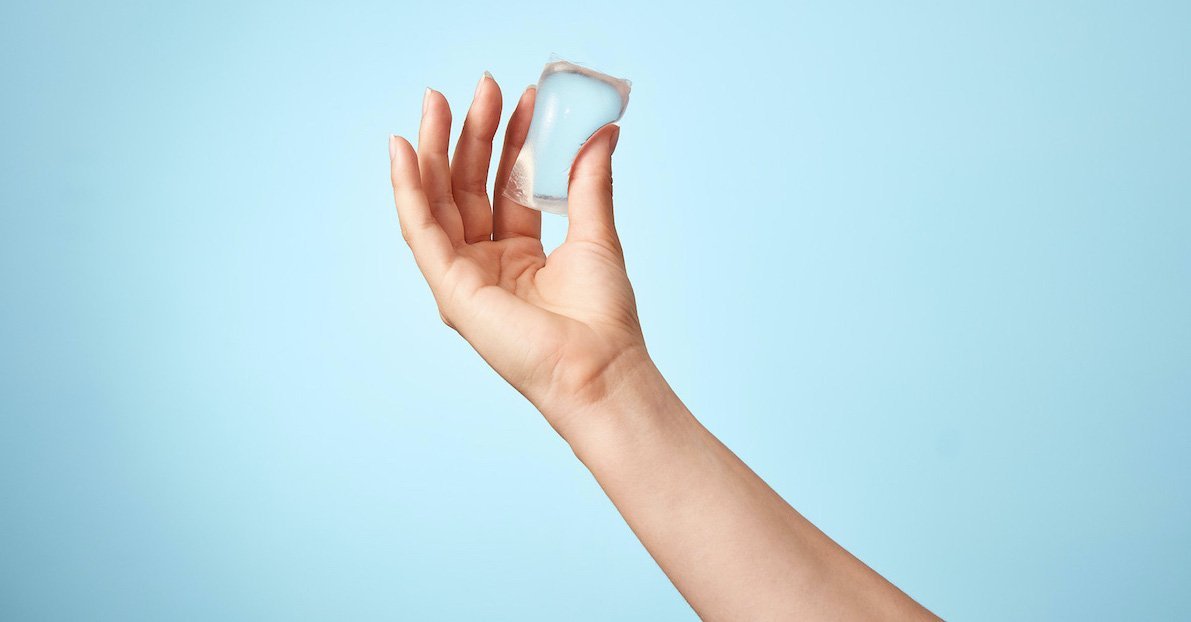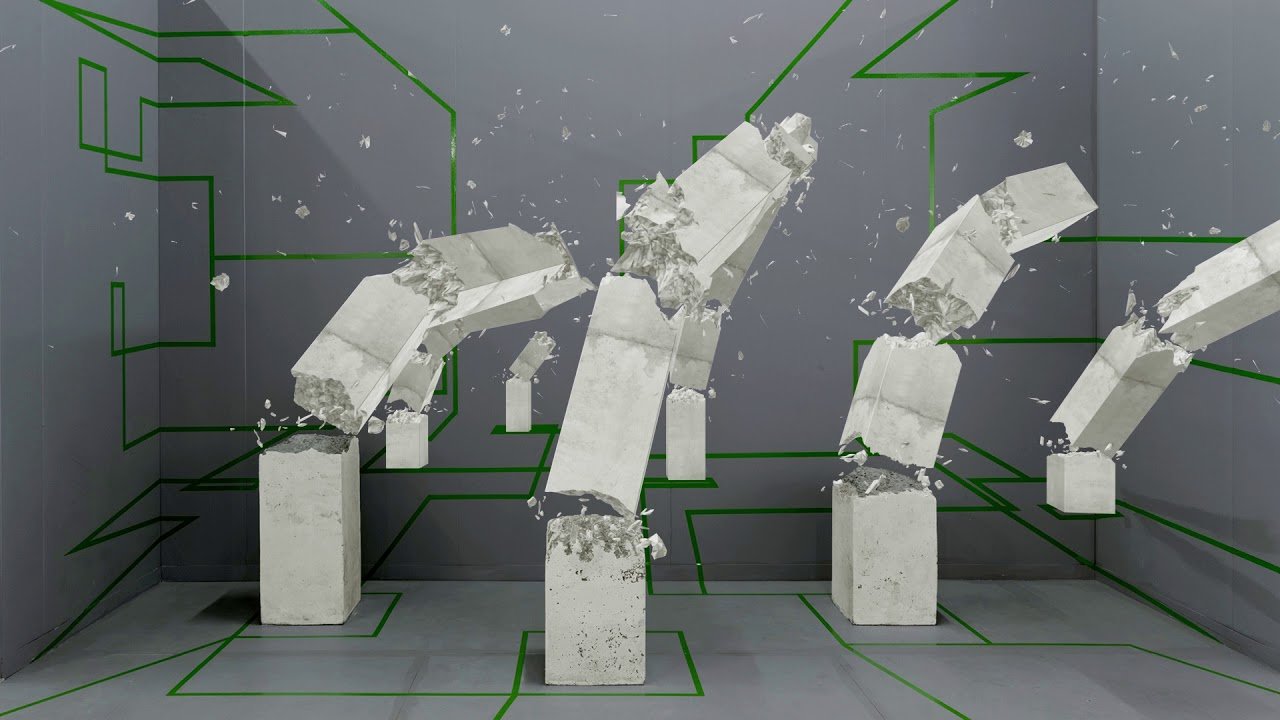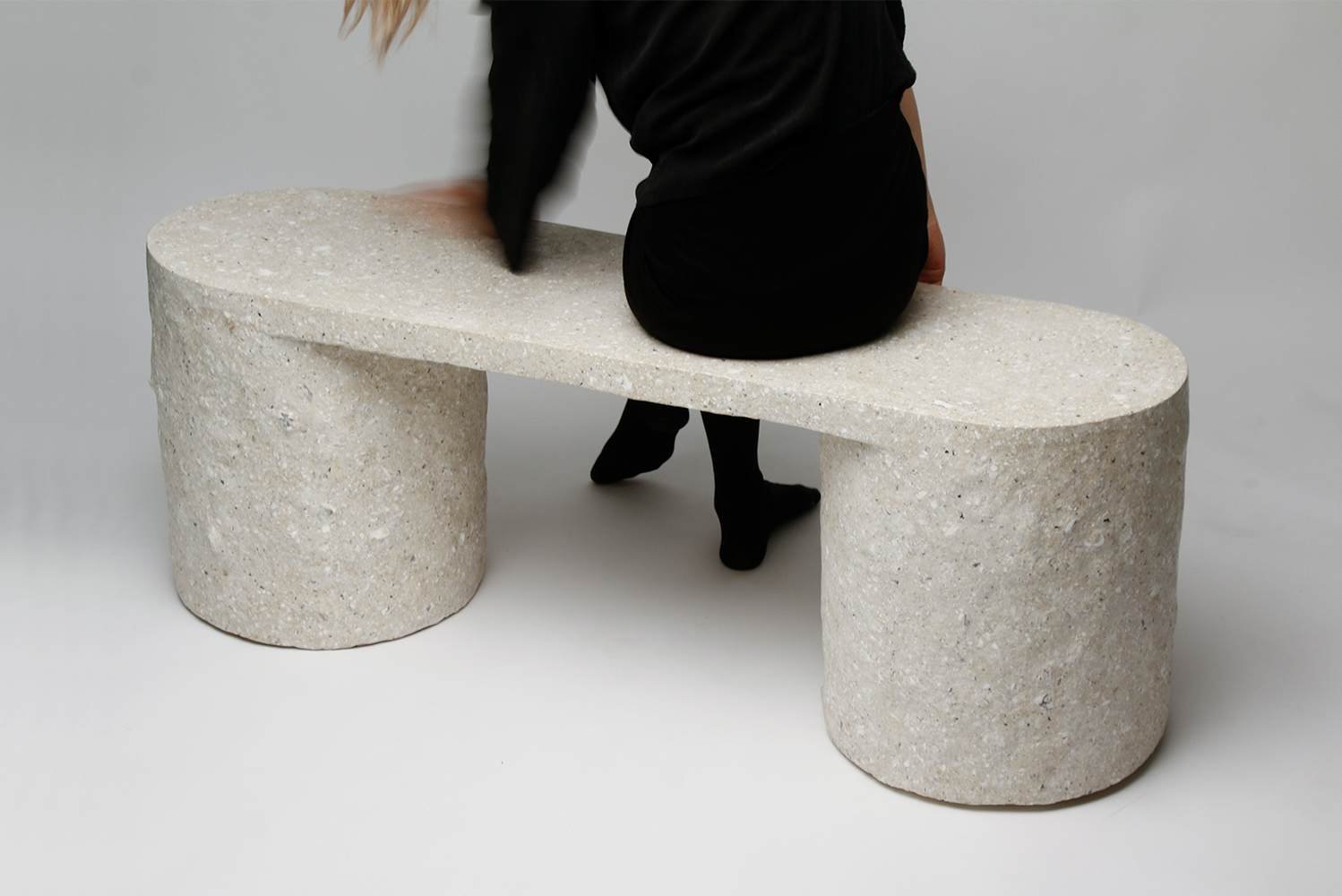toward a waste-free future
liquid ‘drops’ from Notpla - liquid is placed in a bio-degradable and edible soft casing meaning no waste and plastic-free
5 initiatives that are helping to shape a sustainable future
by Esben Smith and Marina Porto
Published On: 12/04/2022
Climate change is affecting us all, and if it doesn’t affect you yet, it will some day. In August last year, the IPCC* released a new report on the state of the climate making a clear warning: this is an emergency. In November, countries gathered in Glasgow at the United Nations Climate Change Conference (COP26), where world leaders made commitments on climate change mitigation* and adaptation.* However, the commitments still bring us above the expected 1.5 degrees of warming that would keep us safe from the worst effects of global warming.* For that to happen, we need to achieve resilient societies that strengthen policies focused on mitigation and adaptation (SDG* 13, 14 and 15), and that move away from the current production and consumption methods towards more efficient and sustainable alternatives (SDG 12). One of the ways to achieve this transition is through the circular economy.
Circular economy diagram by Circular Flanders
The idea behind circularity is to extend products’ life cycles as much as possible, postponing the end-of-life of materials and their unnecessary disposal. A simple way to think about it is by using the concept of waste hierarchy, also known as “3 R”, which stands for Reduce, Reuse and Recycle.
According to the 3R framework, first and most important, consumers and producers should aim to reduce consumption of new items/virgin raw materials whenever possible to cut down waste generation and resource use, for example by choosing not to buy a new pair of jeans if they are not really needed, or by manufacturing products with reduced inputs such as less energy and water in the process. The second R stands for Reuse, and means putting an item into use again with the same or another purpose instead of discarding, for example reusing a glass jar to store food at home or as a vase, buying second hand clothes or reusing pieces of old products to manufacture new ones. The third R, recycle, would be the last action to be taken. The recycling process is based on transforming the products discarded into raw materials to re-insert them back into the production processes, for example recycling aluminum cans or glass bottles into raw materials to be inserted back into production.
By focusing on closing the loop, companies can invest in innovative materials with lower environmental impacts at the end-of-life, develop reduction and reuse strategies for materials in the chain, implement take-back schemes, establish repair shops and operations, among others. Countries are also taking part in this change, with the European Commission putting forward its ambitions Circular Economy Action Plan and several nations following with nation-specific circularity targets.
Below, we have selected 5 initiatives that are working towards circularity and helping to shape a more sustainable future for all. Worth keeping an eye on them!
1. NotPla
Notpla: “packaging solutions made from Notpla, a material made from seaweed and plants that disappears naturally.”
Notpla is a startup that makes packaging “disappear”, most famous for their “water drops” made of seaweed. These “drops” have been used in big running events where runners can just ingest the packaging with the water inside it.
2. LastObject
Last object: reusable toiletries - the last toiletries you will ever need
LastObject is a startup focused on creating durable household products that were previously only disposable, for example Q-tip swabs. The “LastSwab” plastic Q-tip can be re-used and cleaned many times!
3. Upchoose
Upchoose: rentable, organic baby clothing
Another good initiative for circularity is the “Product as a Service” concept, where a consumer rents a product, which increases the chances of the products being of better quality to last longer. A good example is baby clothing, because families use baby clothing temporarily as babies grow so fast. Upchoose baby clothing makes use of this concept by delivering baby clothing at each phase of growth.
4. MT Højgaard
MT Højgaard: steel panels from their “Sustainable car park designed for dissasembly and reuse”
One company that uses circularity in their strategy is MT Højgaard in Copenhagen. The Danish company creates and uses concrete and steel plates that can be re-used after a construction is at the end of its lifecycle, preventing further greenhouse emissions from the production of new plates. The company is working toward the principal of 'design for disassembly' meaning that structures are designed to be constructed and pulled apart like lego pieces that can be infinitely re-used.
5. Too Good to Go:
Too Good to Go is an app where restaurants and supermarkets can sell food products that are at the end of their lifecycle, preventing food from being discarded.
_________
*** key:
*1. Intergovernmental Panel on Climate Change.
*2. Mitigation means avoiding and reducing emissions of heat-trapping greenhouse gasses (GHGs) into the atmosphere.
*3. Adaptation refers to actions that reduce the negative impact of climate change, such as adapting infrastructure to become more resilient and safe.
*4. According to IPCC, with global warming of 1.5 °C there would be increased risks to "health, livelihoods, food security, water supply, human security, and economic growth." Therefore, limiting the temperature to below this rate is recommended for a safe future for all.
*5. Sustainable Development Goals developed by the United Nations to serve as a framework of 17 global goals to achieve global sustainability.
all images sourced from respective websites.
sources:
https://mth.com/
_________
Written by Esben Smith and Marina Porto
About the authors:
Esben Smith is a climate and previously a human rights activist based in Copenhagen. He holds an MSc in Environmental and Natural Resource Economics from the University of Copenhagen and is currently searching for new challenges within the sustainability field. you can find him on linked in here: https://www.linkedin.com/in/esben-baden-smith/
Marina Porto works as Consultant at The Footprint Firm. She has previously served as inaugural Co-chair of the Youth Policy Advisory Council of the Sustainable Ocean Alliance and engaged in several projects and firms related to sustainability, circular economy, climate change and public policy, such as COWI and UN Environment. She holds a masters degree in Environmental and Natural Resource Economics from the University of Copenhagen and a bachelor’s degree of Economics from Insper in Sao Paulo, Brazil. you can find her on linked in here: https://www.linkedin.com/in/marina-porto/
_________
If you have a topic around design and sustainability you’d like to share, drop us a line at workwithus@toitoitoiluv.com - we’d love to hear from you.


















